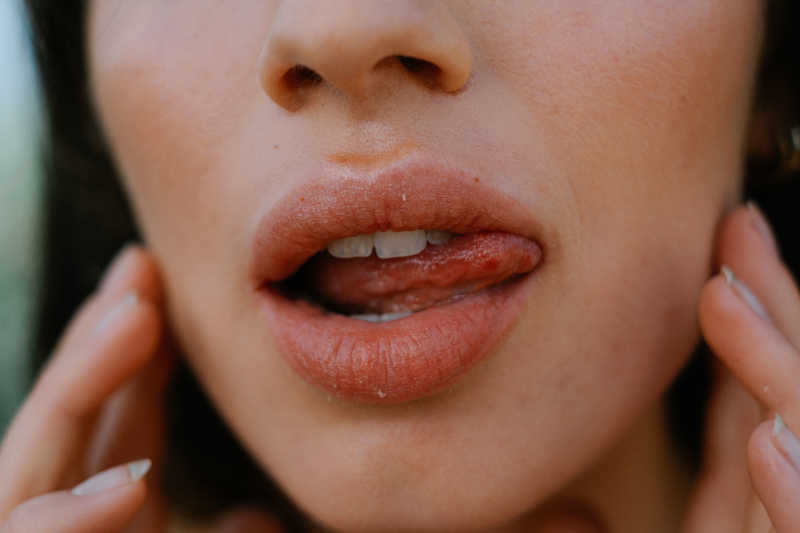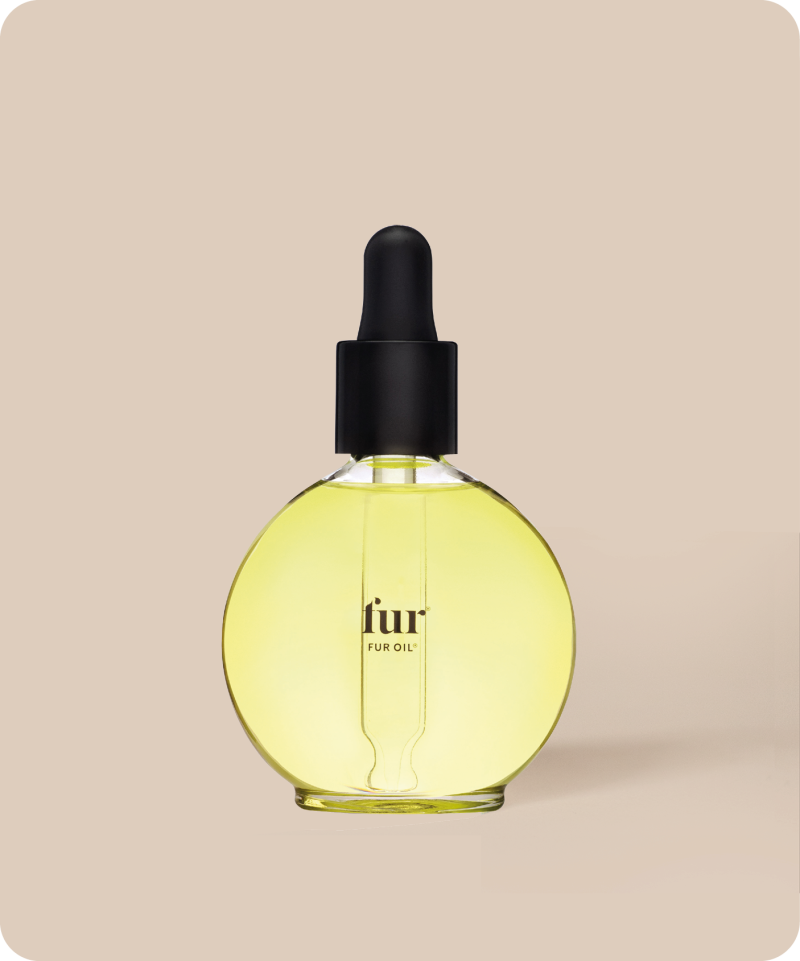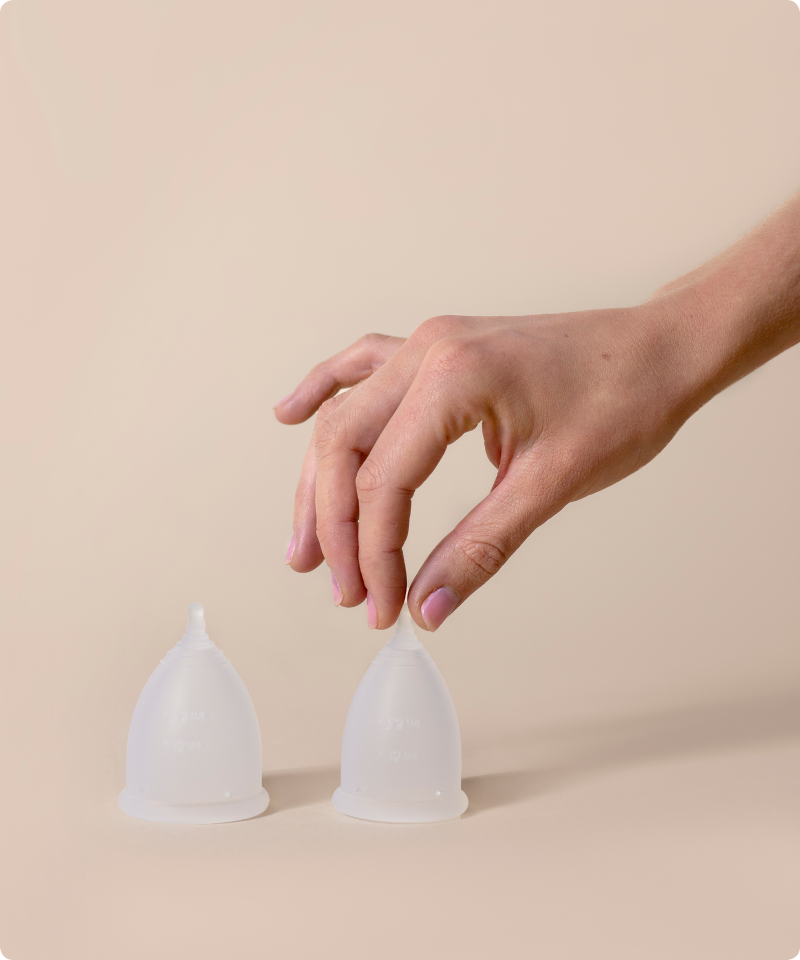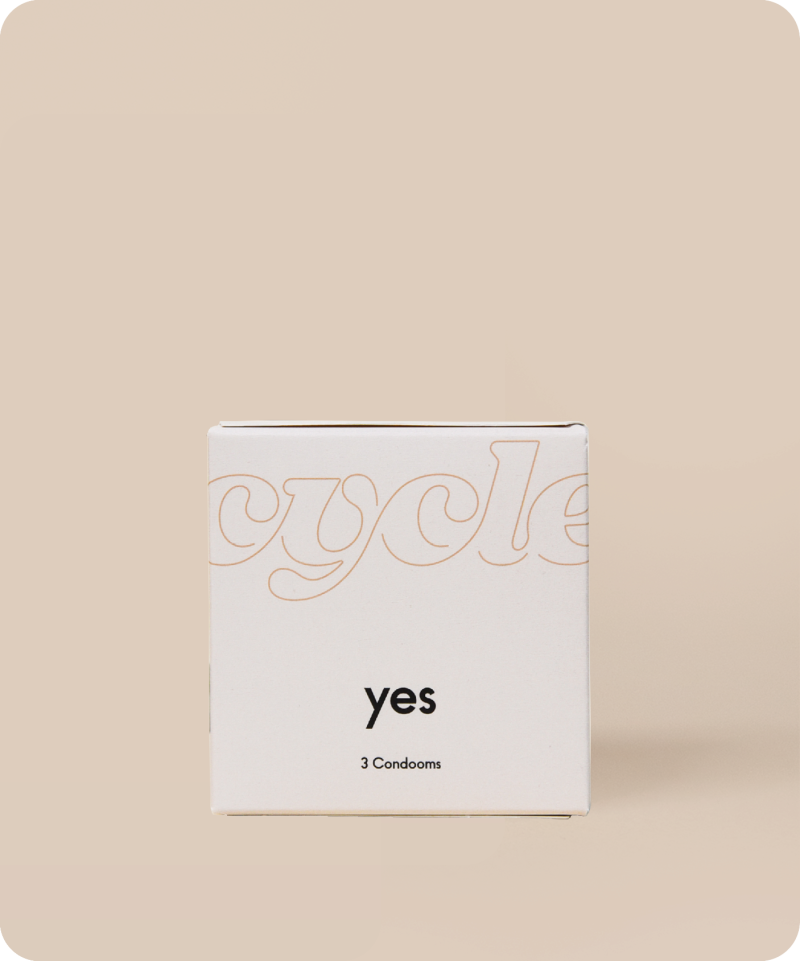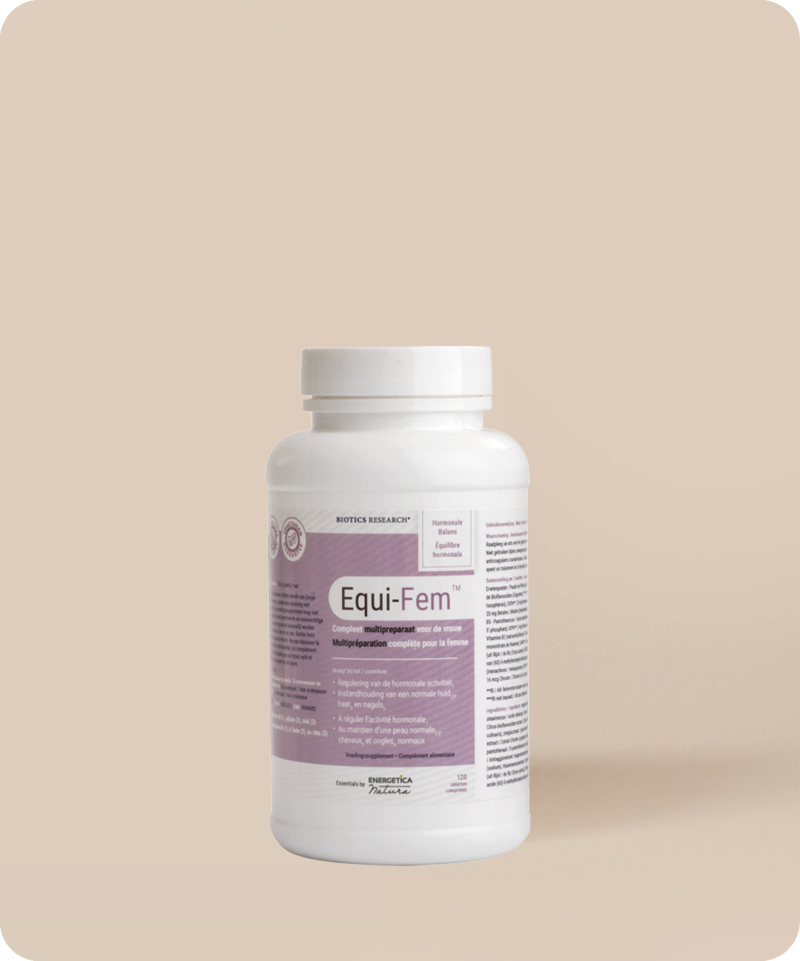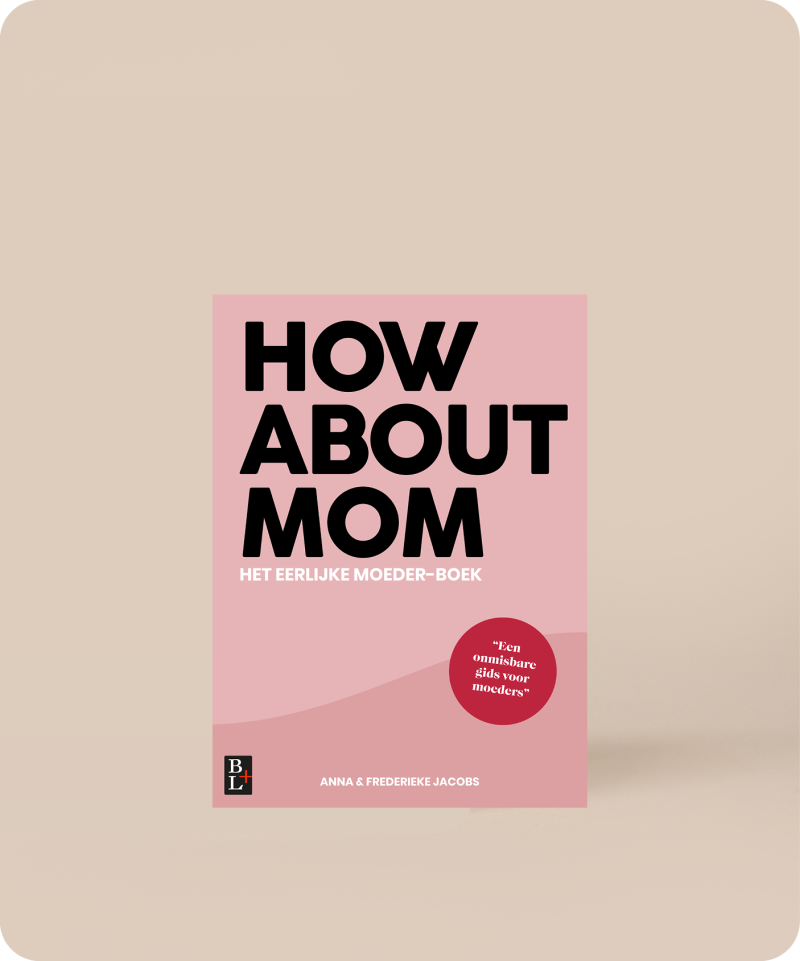Premenstrual Dysphoric Disorder (PMDD): When the cycle gets vicious
PMDD. We know what you’re thinking: Oh no, not another acronym to remember. But PMDD is an issue that needs some serious discussion. It stands for Premenstrual Dysphoric Disorder, and it has the ability to utterly ruin the lives of women. And to top it all off, it’s not even an uncommon disorder. At least 3 to 8% of women struggles with this Cycle Assassin, often without their knowledge.
That doesn’t mean that these women don’t know that something’s up. It’s just hard to find out what the cause of these PMS-like symptoms they’re dealing with is. These symptoms can run from deep pits of depression to nearly daily bursts of anger on the days leading up to their period. PMDD and symptoms related to the disorder remain unacknowledged by an - although small - group of health professionals, which leads to women being misdiagnosed with bipolar disorder, or worse, waved off because they’re ‘overreacting.’
what is premenstrual syndrome (PMS) and what can you do about it?
Read more'PMDD often gets misdiagnosed as bipolar disorder or borderline personality disorder'
Why do doctors struggle so much to diagnose PMDD? That’s because it’s an endocrine disorder, but most symptoms express themselves psychologically. This causes confusion, because doctors are stuck in a specific category of psychiatry, which creates obstacles in the path to providing the needed care. Fortunately, more and more attention is brought to the issues surrounding PMDD. In 2013, the disorder was finally recognized as a distinct psychiatric condition by the American Psychiatric Association, a good few years after the official approval of several drugs that treated PMDD symptoms. There are also groups of people who critique the motives of the recognition as an attempt to create ‘willing victims’ of the pharmaceutical industry. A lot of women with PMDD finally got the recognition of their disorder that they deserve.
But how is it possible that we know so little of PMDD? First and foremost, it’s quite important to understand that it’s extremely hard to research disorders or issues related to the menstrual cycle. The hormonal balance (of progesterone and estrogen) is quite sensitive and easily affected. These hormones have a direct effect on the neurotransmitters (aka chemicals) in your brain that influence your mood. This is the reason behind all those mood swings in your cycle. So, you’re not just asking for attention, it’s a real chemical process in your brain and body. You probably have days in your cycle where you just don’t feel quite yourself. Like when your negative thoughts are just that little bit louder during your period, that’s PMS. If you turn that up to a 100, you’ll get PMDD: the most intense form of PMS.
Women with PMDD feel helplessly depressed, anxious, irritable, tense and in extreme cases, suicidal. The sad truth is that it is a regular occurrence for someone with PMDD to attempt suicide. PMDD follows the flow of your cycle. This means that every cycle there’s a week or so (overlapping your period), in which you might feel perfectly fine and just when your guard is down it starts all over again.
PMDD, what are the symptoms?
Depression
Anxiety
Panic attacks
Tension
Irritability
Sudden mood swings
Loss of interest in daily activities
Social withdrawal
Brain fog
Forgetfulness
Lack of concentration
Low energy
Food cravings
Changes in appetite
Insomnia
Painful breasts
Headaches/migraines
Fatigue
Muscle ache
Joint pain
Swelling of hands, feet and ankles
Bloating
Feeling overwhelmed
What causes PMDD?
Not everybody is affected by PMDD. The question is then, why does this particular group of people have PMDD? Research shows that people with PMDD don’t have a hormonal imbalance or a lack of hormones. The cause is now thought to lie in an extreme sensitivity to fluctuations of hormones. American researchers discovered that a certain gene network could lay at the epicenter of all this, the ESC/E(Z) gene network. This gene seems to cause women to react very severely to hormonal changes. This happens during the luteal phase (between ovulation and menstruation), when progesterone predominates in your body and your estrogen levels are comparatively low. Once you hit the first day of your period all the PMDD symptoms disappear as if they were never there.
First line options for treatment of PMDD
SSRI for PMDD
For people with PMS, it usually helps to make changes to their lifestyle (exercise, a healthy diet, to quit smoking or at least to smoke less, cutting down on caffeine and alcohol, avoiding spicy food, and using less salt). This helps PMDD patients as well, but it isn’t nearly as effective. People with PMDD turn to antidepressants or medicines that help dull the heaviest fluctuations in their hormones. Antidepressants ensure that brain cells don’t respond as strongly to natural fluctuations in the hormonal balance. The most common antidepressants that help combat PMDD symptoms are SSRI type antidepressants, such as fluoxetine (Prozac), paroxetine (Seroxat) or sertraline (Zoloft). Usually it’s fine to only take these medicines during the two weeks when the PMDD is the heaviest, the luteal phase.
Hormonal birth control
For medications to help with hormone fluctuations, consider the combined pill (in the USA the pill called 'Nikki' is a birth control that is aproved by the FDA for treatment of PMDD), a progesterone-containing IUD, or a progesterone preparation that blocks ovulation. The downsides of these are that the side effects for most people are (almost) just as bad as PMDD: water retention, oily skin, depression, and a lack of libido.
Cognitive behavioral therapy is another common way to help reduce the severity of PMDD symptoms. This is a method commonly used in therapy where you can learn to reshape dysfunctional thought processes to build a more objective view of your own feelings, changing your behavior. This method clearly looks at PMDD from a psychological standpoint, something that takes place in your head instead of your body. The GnRH-agonist is another medicine that’s sometimes prescribed. It’s an injection that keeps your body from producing estrogen and progesterone. This causes your body to go into a premature type of menopause. Unfortunately, this is paired with the common symptoms related to natural menopauses, such as hot flashes, night sweats, nausea and headaches.
What is the right treatment for PMDD?
In regards to developing treatment for PMDD, it comes down to continuous trial and error.
For a short while it seemed like there was a light at the end of the tunnel in the shape of a new medicine, but reality caught up with us before this article was even written. Sepranolone, which should have become widely available from 2024 onwards, didn’t pass the clinical trials. It was a novel medicine, because it should have combated the actual cause of PMDD and not just the symptoms. It works like this: after each ovulation your ovaries increase the progesterone production. This hormone transforms into allopregnanolone (ALLO). The progesterone and ALLO levels in your body increase until your period starts and then they drop back down again immediately. The way ALLO works in your brain is (if simplified to the extremes) somewhat comparable to alcohol or benzodiazepines and influences the feelings of anger, irritation and anxiety present in certain phases of the cycle. If you’re particularly sensitive to this hormone (or the sudden drop of said hormone), your mood could be greatly affected, to say the least. Enter Sepranolone, since this medicine is supposed to block the effects of allopregnanolone. Not enough apparently, because the medicine evidently got rejected. They are trying to find sponsors for large-scale research, but haven’t had much luck yet.
Treatment options for PMDD
read moreA true solution hasn’t been found yet. We need to keep looking for a solution, so we can help this large group of women who struggle with this vicious cycle.
In February 2024, an English-language book 'The Cycle: Confronting the Pain of Periods and PMDD' by Shalene Gupta was also published, in which she describes her own story about PMDD, as well as the possible solutions and research.





